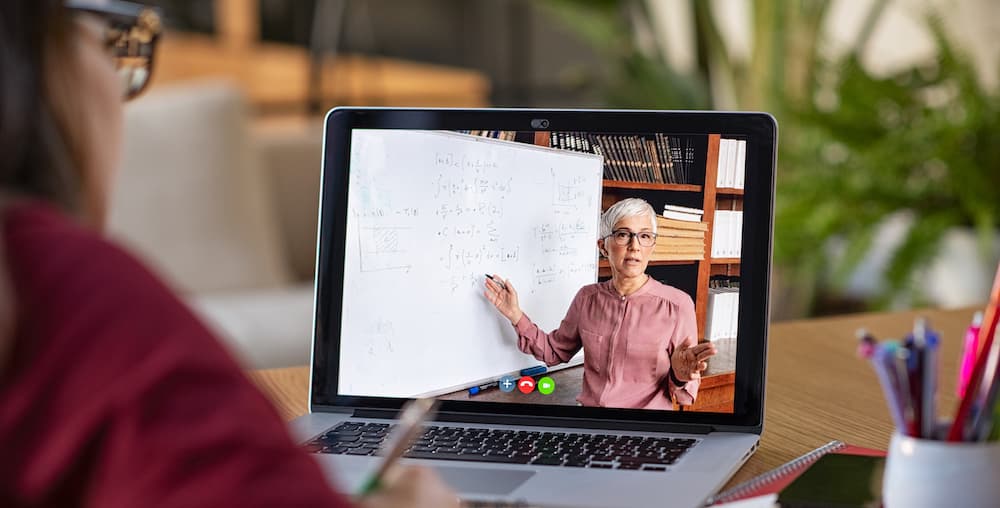As we think about 2021 and the likelihood of continued remote teaching and learning, we want to revisit the UnboundEd Planning Process. Affectionately known as “UPP,” the process involves three “reads’ of a lesson plan that helps teachers and coaches focus on time, learning goals, and meaning-making in order to ensure equitable instruction for all students every step of the way.
In September, we shared a blog post that focused on “Read 1,” which involves determining a prioritized learning goal. As we wrote then, we think having a clear, prioritized goal helps teachers plan more efficiently, results in more focused instructional coaching, and adds clarity for students; importantly, all of these benefits are magnified in a remote setting. Here we focus on what we call, “Read 2: Determine the learning steps to build toward the learning goal in a logical sequence.”
Read 2 comes from another observation we’ve made: Strong teachers know where to prioritize their time within a lesson. When working with aligned instructional materials, it can often be difficult to know what each part of a lesson is asking us and our students to do, where we should focus our time, and the best learning sequence for our own class. It’s easy to get caught up in the details of what we need to do, the materials we’re using, the directions we’re giving students, and everything else we’ll do to manage the classroom.
With Read 2, we want to look past all of that and ask, “What are students learning as a result of this activity?” In other words, we want to shift the focus from how we’re teaching to what students are learning. That way, we’ll be prepared for the many in-the-moment decisions about where to spend more or less time that can pop up in the classroom.
Once a single, clear goal is written, the second part of our planning process calls for us to write a learning progression that defines how the activities build on each other in the lesson, as well as which ones are the most important. We’ve come to call this progression the “learning steps” of the lesson. You can think of these as mini learning goals for each part of the lesson. Making the learning steps explicit serves to focus the lesson activities on the intended learning goal, which also addresses equity issues; we can be assured the lesson will better serve all students when we know that all of the activities are in service of the goal, as well as have a sense of which ones are most important.
Mapping the learning steps in a lesson:
- helps teachers focus teaching and learning by identifying where to spend their time during instruction.
- provides coaches a system for walking through a lesson with a teacher and supports better decisions about where to spend time in a lesson.
- allows students to make meaningful connections and be more self-directed learners.
We’re excited to continue to share this planning process with you and hope that you find them useful to your planning in the face of the challenges of disrupted learning. We hope you continue to check them out, share with your colleagues, and let us know what you think!
